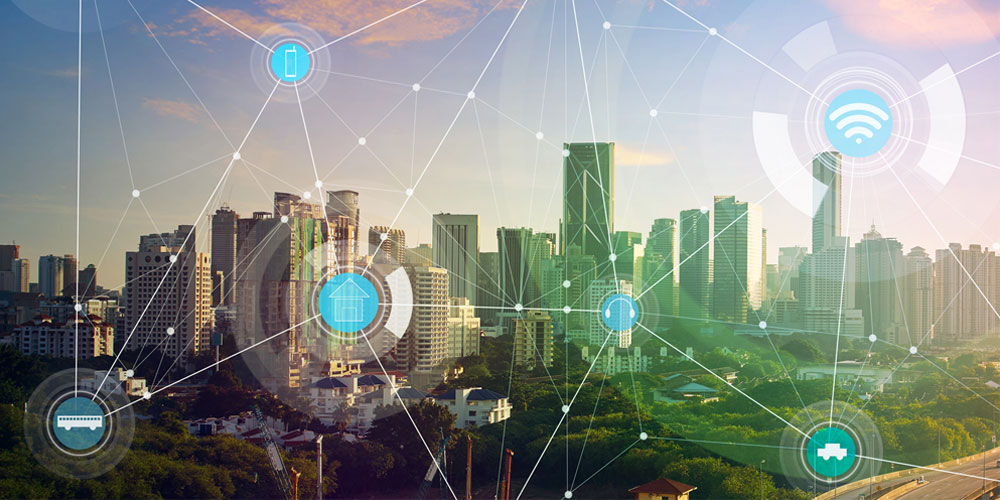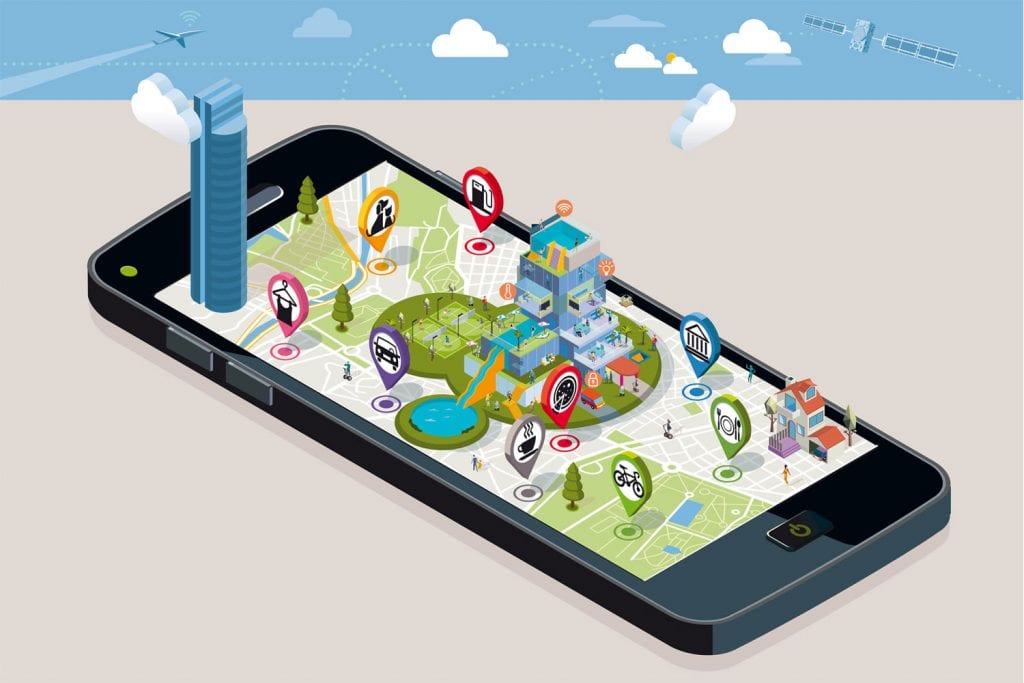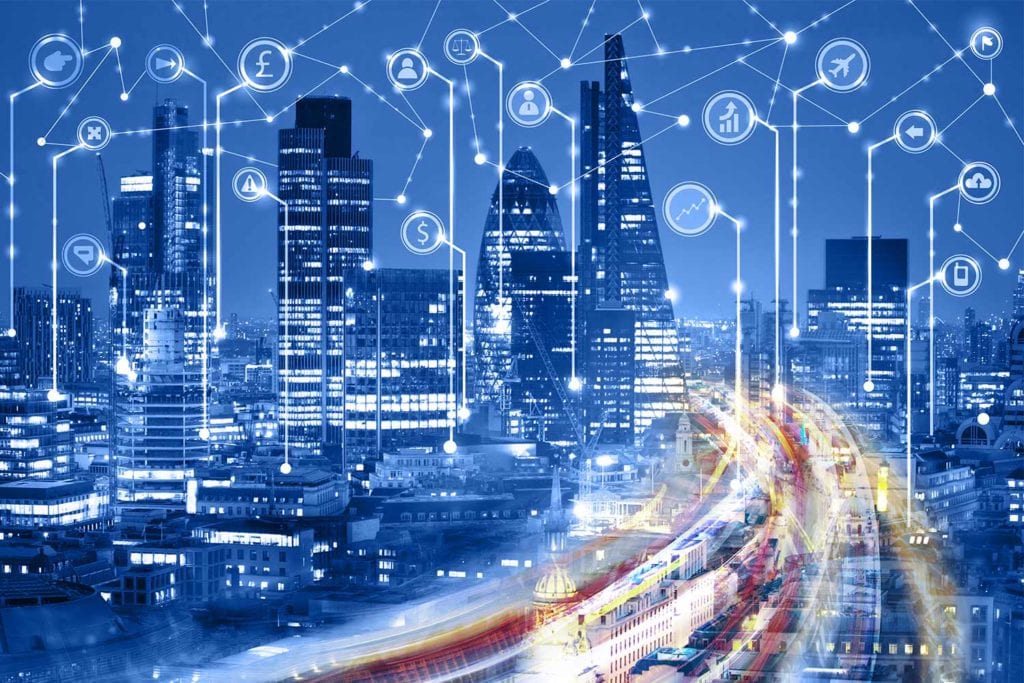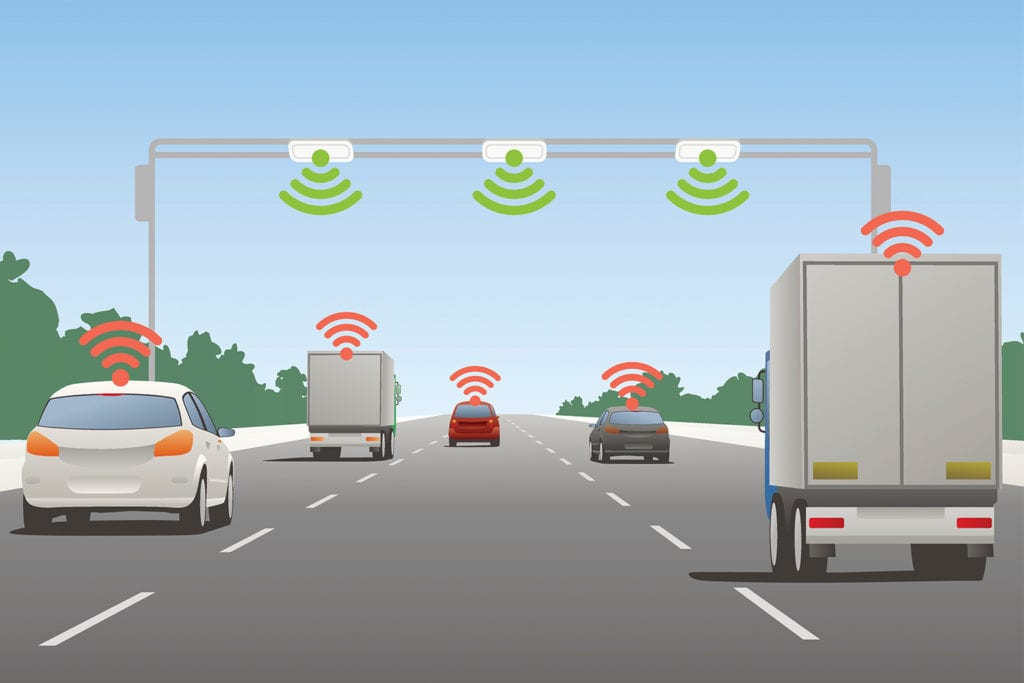The new opportunities of digital infrastructure
The role of digital infrastructure within large scale developments has changed drastically over the past ten years and the requirement of a robust digital infrastructure strategy is now a pre-requisite for any large development.

Not only does digital infrastructure provide robust and resilient access to internet services, but it also enables a large array of data and information to be transferred between digital services and systems.
The large scale developments that I’ve had the pleasure of assisting with digital infrastructure strategies since joining Buro Happold vary from brand-new financial districts in Asia, mixed-use high-end commercial districts being developed to attract the latest tech-talent, sprawling city-wide University campuses and giga-projects in the Middle East which support initiatives such as Saudi Vision 2030.

Every single project has a common critical theme – the dependence of their own operational requirements and that of their users requirements on digital systems and services. There are many user types such as tenants, guests, students, doctors, nurses, teachers, services staff, security staff or emergency services. A robust, resilient, diverse, multi-faceted digital infrastructure is required by all and the most efficient way of achieving this is to view the development as a whole from a strategic level.
The digital infrastructure components of a development comprise of the following components:
- Fixed commercial fibre infrastructure for internet connectivity which requires
- Points of Presence (PoPs) for external connectivity
- Duct banks
- Coordinated entry points to plots to allow full physical diversity.
- Cellular infrastructure suitable for and coordinated with each Mobile Network Operator
- Cell towers
- Macro Cells
- Micro Cells
- Distributed Antenna System within plots.
- Metropolitan Area Network (or suitably sized client-owned network) comprising:
- Datacentres
- Micro-datacentres
- Integrated Operations Centres for operational and security command and control
- Duct banks
- Fibre optic cabling.
- Public realm Wi-Fi
- Wireless Access Points coordinated with street furniture
- Head-end and on-boarding solution.
- Internet of Things (IoT) Sensor Network such as LoRaWAN or Sigfox.
Ten years ago, the business as usual approach to a large development would be to install communications duct banks throughout the site and connect on a plot by plot basis. I discussed the changing role of digital infrastructure in my previous blog entry and I am happy that the benefits of a converged approach to digital infrastructure are now being understood and becoming the norm.
No matter what size the development is, digital infrastructure is required to support essential services such as communications and security systems. Upon realisation of this, the next question for developers is what would you like to do with it and how can they extract maximum value from this asset?

Clients are often delighted to hear that their digital infrastructure is the key enabler for any smart city aspirations they have. The infrastructure is already in place, and provided they develop an integrated approach for their digital services and systems as discussed by Robert Moyser here, they are simply utilising their network to its full potential.
For large developments it no longer makes sense for the developer to undertake significant capital expenditure (CapEx) to deploy their digital infrastructure, and then for each plot to duplicate further digital infrastructure to support essential building services considering enterprise systems have long since migrated to the cloud.
We believe there is an opportunity to enable the delivery of these building services through a managed service model utilising the digital infrastructure network thus creating the opportunity for a consistent revenue stream. Take the phenomenal rise of WeWork’s shared workspace as an example. Their offer combines essential services such as reliable internet and Wi-Fi to tenants, without the overhead of the tenants’ own IT support staff.
By extending the enterprise-grade external public-realm network into the plots and offering Wi-Fi, CCTV or Smart Building solutions such as meeting room booking, hot desk management or even intelligent lockers as a managed service, tenants get best of breed office space on a monthly charge, saving CapEx by leveraging the CapEx already sunk by the developer.
This is a classic “all win” situation where all parties gain the benefit of a coordinated and collaborative approach.









